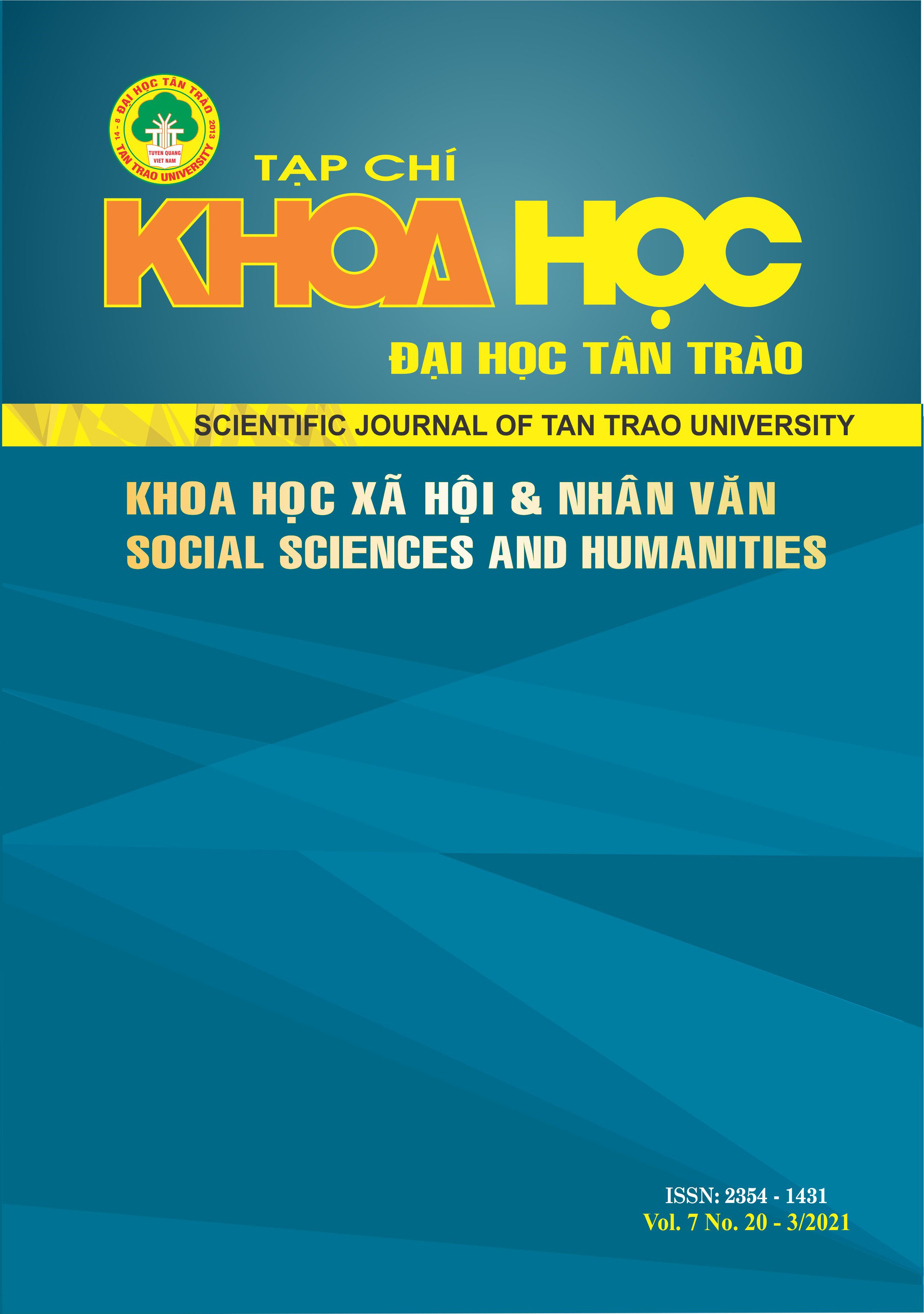PUTTING THE CHOIR INTO TEACHING ARTISTIC TALENT PROGRAM FOR TUYEN QUANG SCHOOL EXCELLENCE
DOI:
https://doi.org/10.51453/2354-1431/2021/497Keywords:
Choir; Children's Choi; Teach choir singing; Artistic talentAbstract
In the period of promoting cultural exchange with international friends, the Vietnamese Children's Choir has had certain achievements and is gradually looking for steps with its own characteristics. In order for this highly scholarly art to spread widely to a large number of Vietnamese Children, it is necessary to introduce choirs to students in schools. We are bringing the choir into teaching artistic talent for primary school students and junior school of Tuyen Quang school for excellence, Tuyen Quang province. We hope to create excitement for students in each class, help them access true art, contribute to improving the quality of music teaching, and develop musical talents for students. Selecting new talents for in-depth training and opportunities to take part in the domestic, and international music competitions.
Downloads
References
[1] Dung, D.N. (1997). The collective songs, chorus, choir, Central Music College of Music, Ha noi.
[2] Nam, N.T. (2007). Sing episode II, Pedagogical University publishing company
[3] Nam, N.T. (2007). Sing, Pedagogical University publishing company
[4] Tuan, L.A. (2007). Curriculum Synthesized music program, Pedagogical University publishing company
[5] Hung, L.V. (2007). Method of practicing choir singing skills for students, Pedagogical University publishing company
[6] Bach, N. (2010). The art of conducting the orchestra and choral, young publishing company, Ho Chi Minh, City.
[7] Cam, N.M. (2004). Choir commander, Ministry of Culture publishing company Ha Noi conservatory.
[8] Lan, V.T., Hao, L.T. (1998). Singing method and choreographing commander, Education publishing company
Downloads
Published
How to Cite
Issue
Section
License

This work is licensed under a Creative Commons Attribution-ShareAlike 4.0 International License.
All articles published in SJTTU are licensed under a Creative Commons Attribution-ShareAlike 4.0 International (CC BY-SA) license. This means anyone is free to copy, transform, or redistribute articles for any lawful purpose in any medium, provided they give appropriate attribution to the original author(s) and SJTTU, link to the license, indicate if changes were made, and redistribute any derivative work under the same license.
Copyright on articles is retained by the respective author(s), without restrictions. A non-exclusive license is granted to SJTTU to publish the article and identify itself as its original publisher, along with the commercial right to include the article in a hardcopy issue for sale to libraries and individuals.
Although the conditions of the CC BY-SA license don't apply to authors (as the copyright holder of your article, you have no restrictions on your rights), by submitting to SJTTU, authors recognize the rights of readers, and must grant any third party the right to use their article to the extent provided by the license.


